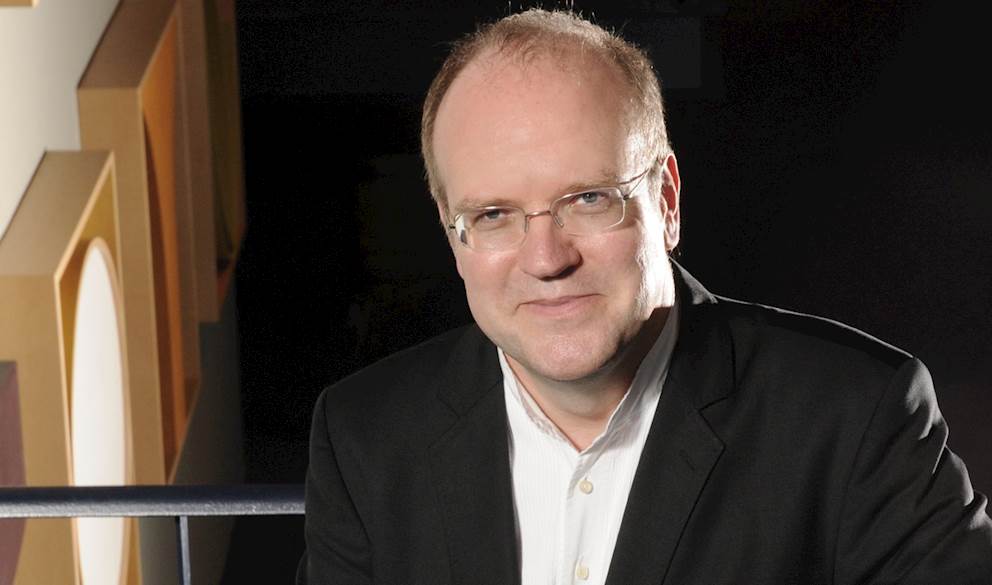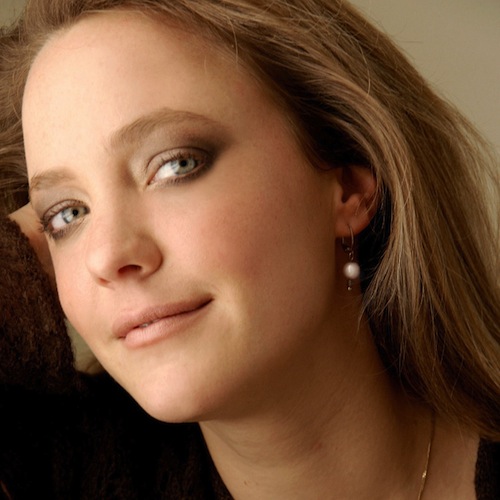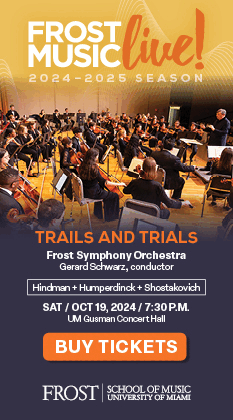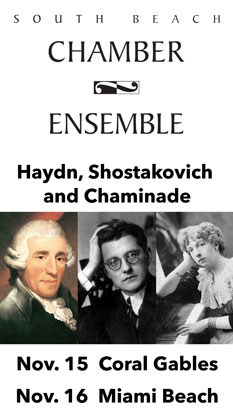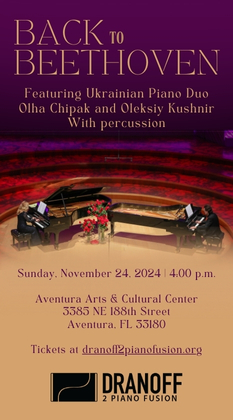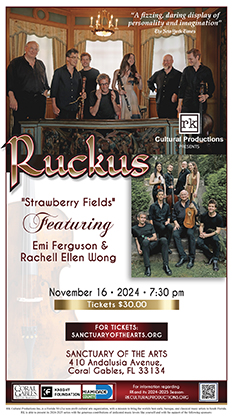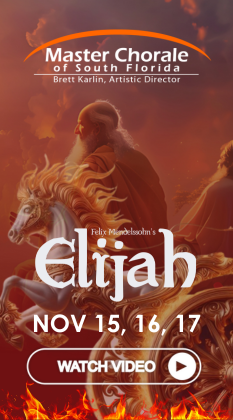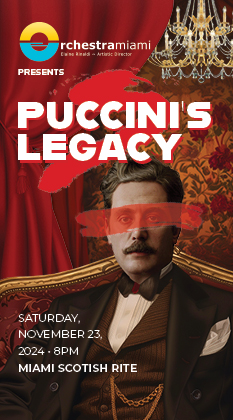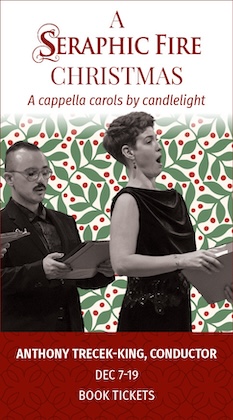Labadie returns with energetic Baroque and Classical program
Bernard Labadie made a welcome return to the podium of the New World Symphony on Saturday night. About a year ago, the Canadian conductor recovered from leukemia and a troubled rehabilitation regimen. In recent months he has cancelled several American engagements because he said his immune system was weak and not up to lengthy airline flights and the dangers of a renewed infection.
Therefore it was all the more heartening to see him back at work in Miami Beach. Although Labadie was seated when he conducted, there was no lack of vigor in his characteristically energetic gestures and music making.
Labadie deserves special kudos for programming a less frequently heard Haydn symphony. In former times, major scores by” the father of the symphony” were standard fare at symphony concerts. More recently they have become the repertoire property mainly of chamber orchestras and period instrument ensembles. When major orchestras have programmed a Haydn symphony, it is usually one of those with a nickname.
All the more praise to Labadie for leading the Symphony No. 95 in C minor, the only one of Haydn’s twelve London symphonies in a minor key and one of the infrequently programmed scores without a catchy subtitle.
Labadie really knows how to make Haydn’s music come alive. While he gave ample attention to the symphony’s sturm und drang elements, the performance was light on its feet. Despite playing without vibrato and the strings utilizing Baroque bows, this performance was more big-band Haydn than period-infused. The winds really sparkled in the reprise of the first movement’s secondary subject.
Labadie took the Andante at a stately pace and, aided by the lively acoustic of New World Center, instrumental strands were always clearly defined. With guest concertmaster Nicole Trotier (from Labadie’s Quebec-based chamber orchestra Les Violins du Roy) in the first chair, the playing of the strings was wonderfully crisp and refined.
In the Menuet, Labadie cannily shaped the twists and turns of the main theme. The important timpani part, sometimes obscured in performance, came through splendidly, even over the full orchestra. In Haydn’s uniquely inventive trio section, Meredith Bates rendered he elongated cello solo with considerable bravura. Labadie brought superb energy to the fugal sections of the Vivace finale. This was a Haydn performance to lift the spirit.
Labadie made his initial reputation as a conductor of Baroque repertoire. The performance of Bach’s Orchestral Suite No. 4 in D Major, which opened the concert, amply displayed that expertise. With a brisk attack at the outset, individual string voices (especially the violas) emerged clearly and the clarion sound of three trumpets was never strident. Labadie observed the repeat of the fugue in the Overture, keeping the tempo brisk. There was spring in the step of the Bourrée and grace in the Menuet and Gavotte. Strong articulation and plenty of bounce in the Réjouissance capped a vibrant reading that did not neglect the dancing rhythms of Bach’s melodies.
Between the orchestral works, German soprano Lydia Teuscher scored impressively in arias by Handel and Mozart. She performs frequently in concert with Labadie and has sung leading soubrette roles at the Glyndebourne and Aix-en-Provence festivals and major German opera houses.
“Lasccia ch’io pianga” from Rinaldo proved the highlight of her Handel group. This aria is one of Handel’s most noble melodies and the richness of Teuscher’s vocalism and depth of emotion gave full measure to this gem, greatly aided by Labadie’s elegant pacing. She deftly traced the tripling lines of “Mio caro bene” from Rodelinda and her coloratura fireworks in “Qual farfalletta” from Partenope were as light as the swirling butterfly of the text.
Turning to Mozart, the concert aria Bella mia fiamma, addio demonstrated Teuscher’s dramatic instincts as she conjured up the anguish of leaving a beloved daughter at the protagonist’s death. Her voice sounded free and clear in Mozart’s multi-register tour de force. Labadie drew almost chamber-like registrations from the ensemble with particularly outstanding playing from the woodwinds.
“Ruhe sanft” from the unfinished singspiel Zaide showcased Teuscher’s strong and burnished middle register. That she can also spin a beautiful legato line was strongly evident in the poignant “S’altro che lagrime” from La Clemenza dei Tito. A protean Mozartean, Labadie offered finely chiseled support with the players’ singing tone backing the vocal phrases.
The New World Symphony repeats the program 2 p.m. Sunday at the New World Center in Miami Beach. nws.edu
Posted in Uncategorized
Leave a Comment
Sun Nov 13, 2016
at 11:36 am
No Comments
